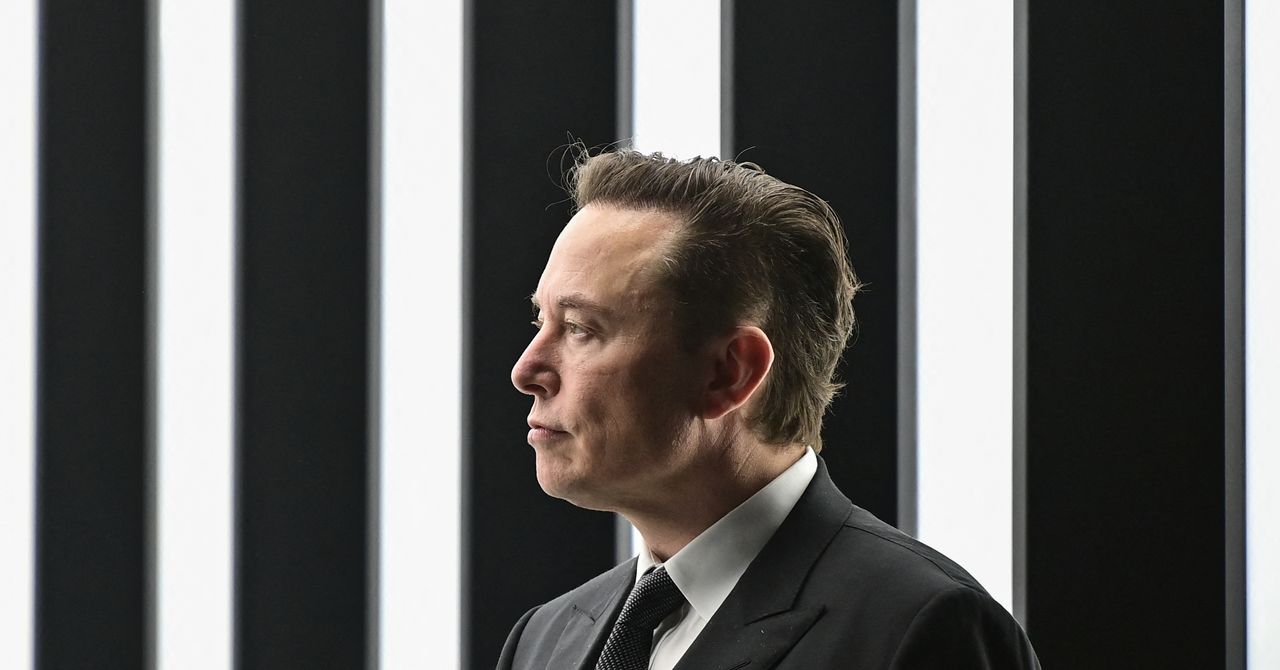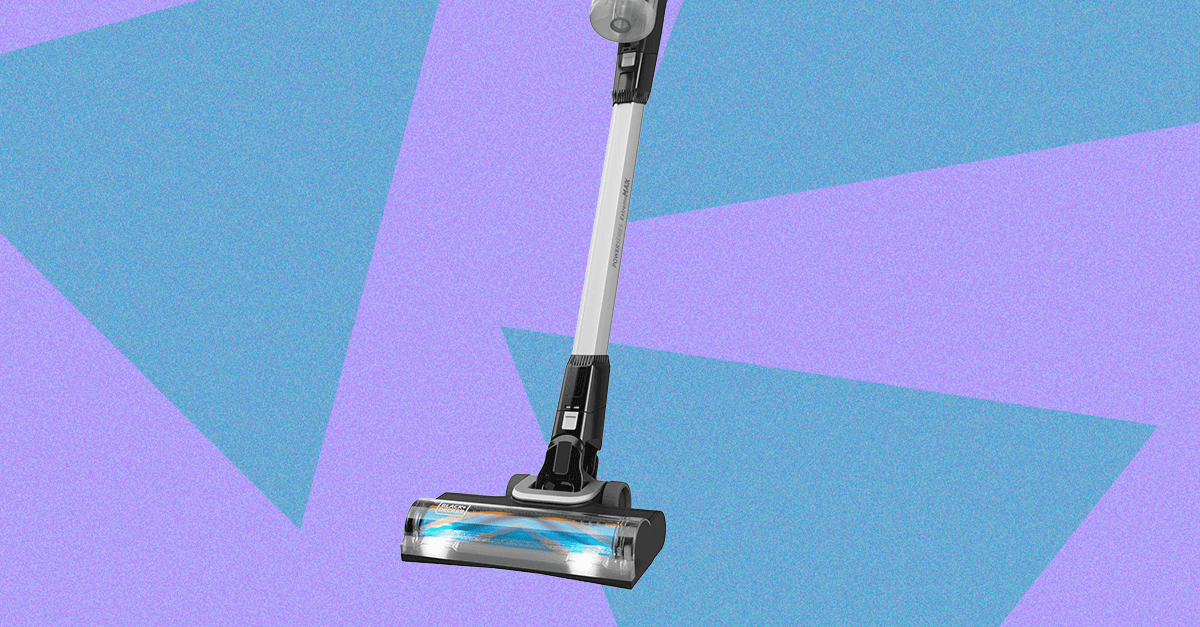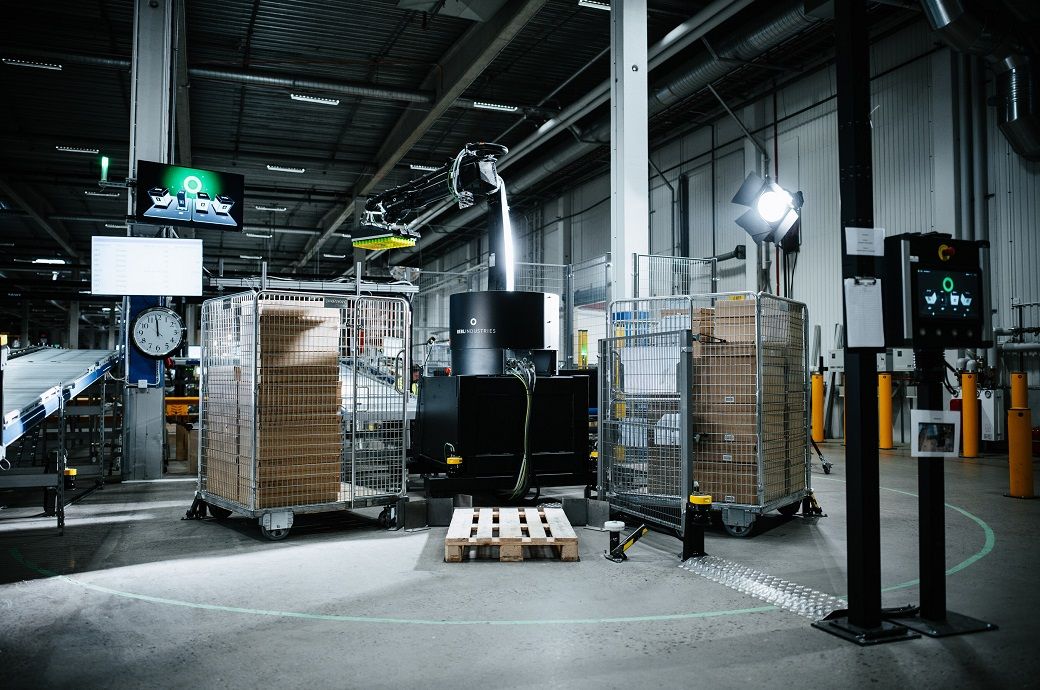Tech
Elon Musk Wants ‘Strong Influence’ Over the ‘Robot Army’ He’s Building

Tesla might be an electric auto maker, but CEO Elon Musk has made clear that he thinks of it as much more: an innovator in artificial intelligence and software, a builder of world-shaking robots. He’s also argued that Tesla should be worth a lot more than it is today: up to $20 trillion, he posted in July, more than five times the current worth of Nvidia.
Musk has also made it clear that he wants to get paid, a lot. In November, Tesla shareholders will vote on the board’s proposal to pay the CEO a remarkable $1 trillion over the next decade. The deal would also increase Musk’s stake in Tesla from 13 percent to a quarter. But Musk would only get that big figure—and the extra control—if he hits a series of ambitious metrics, including 20 million vehicles delivered, 1 million robotaxis in commercial operation, and an $8.5 trillion valuation. And also, 1 million Optimus humanoid robots delivered.
On a call with investors on Wednesday, Musk locked on to that last point to make his most threatening argument for a gigantic payday yet. “My fundamental concern with regard to how much voting control I have at Tesla is, if I go ahead and build this enormous robot army, can I just be ousted at some point in the future?” he said. “If we build this robot army, do I have at least a strong influence over this robot army? Not control, but a strong influence … I don’t feel comfortable building that robot army unless I have a strong influence.”
Generally, Musk talks about Tesla’s Optimus project as more of a force for peace than war. He’s said that Optimus will upend the job market and free humanity from the drudgery of work. (“Working will be optional, like growing your own vegetables, instead of buying them from the store,” he posted this week.) Elsewhere on the investor call Wednesday, he said that Tesla’s robots would “actually create a world where there is no poverty, where everyone has access to the finest medical care.”
Optimus, he added, “will be an incredible surgeon, and imagine if everyone had access to an incredible surgeon.” For Tesla, Optimus will be “an infinite money glitch,” Musk said, arguing that everyone will want a humanoid robot who can do their work for them.
Tech
I Finally Replaced My Old Vacuum. You Probably Need to, Too

Decreased suction power can be harder to notice if you aren’t looking carefully. I certainly hadn’t realized how weak my old vacuum had become until I started using a new one. Frequent clogs might be a sign of age, but they can also be a sign that you need to do a better job cleaning your vacuum and making sure the tubes are clear before you start your next cleaning session.
Courtesy of Bissell; Narwal
A Vacuum’s Lifetime
So, how long does a vacuum last? Eufy, which makes vacuums and other smart home goods, says a vacuum lasts on average between five and eight years. Many folks also refer to Consumer Reports, which says eight years, but that research is from nearly 10 years ago. Different vacuum styles have become popular in those 10 years, primarily cordless and robot vacuums, which Eufy says only last between one and two years.
Several factors impact that lifetime, of course. Primarily the quality of the build: Vacuums with better durability and stronger materials will last you longer. You can easily find cheap knockoffs of brand-name vacuums, but you’ll likely find yourself buying a new vacuum sooner than you would have if you spent a little more.
Maintenance and timely repairs will also obviously affect the lifespan of your vacuum. You do need to take care of your vacuum to help it last. That means emptying the dust bin, changing the filters, and cleaning the hoses and accessories. Not taking care of the vacuum is an easy way to start ramping up the subtle signs that your vacuum is starting to die: decreased suction, frequent clogs, and so on.
Tech
H&M & IKEA sign robotics pact with Sweden’s Rebl Industries

Rebl Industries, a Swedish robotics company, has signed significant framework agreements with global fashion and design companies H&M and IKEA Svenska AB to deploy its next-generation robots-as-a-service (RaaS) solutions.
H&M and IKEA have signed major agreements with Swedish robotics company Rebl Industries to deploy its AI-powered robots-as-a-service (RaaS) in warehouses.
The robots automate tasks like sorting and palletising, boosting efficiency without upfront costs.
To drive global expansion, Rebl named ex-Volvo executive Nicholas Tengelin as its first external CEO.
The AI-powered robots have been successfully used in real production environments for years. They are designed to automate tasks like sorting, palletising, and depalletising – relieving warehouse staff from repetitive and physically demanding work. The robots are deployed rapidly as a performance-based service, without requiring a large upfront investment, an approach challenging traditional automation models.
Now, Rebl is entering a new phase with comprehensive agreements with H&M and IKEA. Since the summer of 2024, H&M has been using Rebl’s robots at its Nordics online sales warehouse in Sweden. This combination of process supporting technology and teamwork has produced positive results, by enhancing production predictability and efficiency. More locations are planned to follow.
To accelerate its global expansion, the company has appointed Nicholas Tengelin, a seasoned executive from the automotive industry, having held senior leadership roles at Volvo Cars, Hedin Mobility Group and Hogia, as its first external CEO. His mandate is to rapidly scale and industrialise Rebl’s position as the global leader in next-generation robotics.
“We’re excited to partner with international companies like H&M and IKEA. Our AI-powered robots quickly step into warehouse operations, supporting a decrease in repetitive tasks for employees and an increase in overall efficiency. This game-changing technology opens new automation possibilities for sectors previously unable to leverage robotics,” says Nicholas Tengelin, CEO of Rebl Industries.
While robotic automation has long been common in automotive and industrial manufacturing, the warehousing industry is now going through similar transformation. Rebl is disrupting the industry by offering robots-as-a-service, with the unique advantage that customers pay for the work performed rather than the hardware itself.
The robots, equipped with proprietary software, AI, and advanced sensors, can identify, pick, move, and load unsorted goods of varying sizes and packaging in real time. They feature an intuitive interface for human interaction and are part of a neural network that enables shared learning, continuously improving their performance. These capabilities remain rare in traditional automation but have been proven in Rebl’s real-world deployments over several years.
Founded in 2018, Rebl Industries operates out of Gothenburg, Borås, and Skövde in Sweden. Since 2021, the company has been backed by the privately owned Pulsen Group, led by Jonus Bartholdson.
“This is just the beginning. Bringing Nicholas onboard is a major step toward building a leading robotics hub and scaling our solutions globally. With his leadership, alongside our talented team and strong partnerships, Rebl Industries is well-positioned to make a meaningful impact in warehouse robotics,” says Alexander Westerling, Co-founder of Rebl Industries and CEO of Pulsen Fusion.
Note: The headline, insights, and image of this press release may have been refined by the Fibre2Fashion staff; the rest of the content remains unchanged.
Fibre2Fashion News Desk (HU)
Tech
AWS apologises for 14-hour outage and sets out causes of US datacentre region downtime | Computer Weekly

Amazon Web Services (AWS) has issued an apology to its customers inconvenienced by its largest US datacentre region suffering a 14-hour outage on 20 October, in a blog detailing the precise nature of the technical difficulties its services suffered.
As previously reported by Computer Weekly, the outage originated in the public cloud giant’s US-East-1 datacentre region in North Virginia, and caused large-scale disruption to a host of companies across the world, including in the UK.
Social media and communications services such as Snapchat and Signal suffered disruption to their services, as did Amazon-owned internet entities such as its retail site, Ring doorbell and Alexa services.
Financial services provider Lloyds Bank Group, along with its Halifax and Royal Bank of Scotland subsidiaries, and the government tax collection agency HM Revenue and Customs, were also affected in the UK by the outage.
As a result, HM Treasury is now facing calls to give an account as to why – given its role as a major supplier of cloud services to the UK financial services sector – AWS has not been called into scope of its Critical Third Parties (CTP) regime before now.
The initiative gives HM Treasury powers to designate suppliers to the financial services sector as being CTP, meaning their activities can be brought into the supervisory scope of the UK’s various financial regulators.
The intention being that doing so might help better manage any potential risks to the stability and resilience of the UK financial system that might arise as a result of a third-party supplier suffering from service disruption, as happened with AWS this week.
The company has now published an extensive post-event summary document, which confirms the outage occurred in three distinct phases as a result of issues occurring within several parts of its infrastructure.
As such, the company said that just before 8am UK time on 20 October, its fully managed, serverless, NoSQL database offering Amazon DynamoDB began to experience increased application programming interface (API) error rates, which lasted for just under three hours.
Then, from around 1pm UK time on 20 October, some of the network load balancers (NLB) within its US-East-1 region started to experience increased connection errors, which persisted until around 10pm the same day. “This was caused by health check failures in the NLB fleet, which resulted in increased connection errors,” the summary document stated.
In addition to this, AWS said issues occurred when attempts were made to launch instances of its Elastic Cloud Compute (EC2) virtual servers, which is an issue that persisted from around 10.30am on 20 October UK time until 6.30pm.
“New EC2 instance launches failed and, while instance launches began to succeed from 10:37 AM PDT [6.37pm UK time], some newly launched instances experienced connectivity issues which were resolved by 1:50 PM [9.50pm UK time],” the summary document continued.
It also confirmed that other AWS services hosted within US-East-1 suffered knock-on effects as a result of the issues experienced by DynamoDB, EC2 and its network loan balancing setup.
“We are making several changes as a result of this operational event,” the company said. “As we continue to work through the details of this event across all AWS services, we will look for additional ways to avoid impact from a similar event in the future, and how to further reduce time to recovery.”
The company then concluded the summary document with an apology to any customers affected by the outage.
“While we have a strong track record of operating our services with the highest levels of availability, we know how critical our services are to our customers, their applications and end users, and their businesses,” said the summary document. “We know this event impacted many customers in significant ways. We will do everything we can to learn from this event and use it to improve our availability even further.”
-

 Tech7 days ago
Tech7 days agoWhy the F5 Hack Created an ‘Imminent Threat’ for Thousands of Networks
-

 Tech1 week ago
Tech1 week agoWhat Is Google One, and Should You Subscribe?
-

 Tech4 days ago
Tech4 days agoHow to Protect Yourself Against Getting Locked Out of Your Cloud Accounts
-

 Fashion1 week ago
Fashion1 week agoSelf-Portrait unveils high-profile Apple Martin campaign
-

 Fashion1 week ago
Fashion1 week agoItaly to apply extra levy on Chinese goods to safeguard its own fashion industry
-

 Business1 week ago
Business1 week agoBaroness Mone-linked PPE firm misses deadline to pay £122m
-

 Sports1 week ago
Sports1 week agoBrewers player ripped for avoiding hit-by-pitch that would have tied game: ‘All he had to do was stand there’
-

 Tech1 week ago
Tech1 week agoYou Can Get 4 Apple Airtags for $65 Right Now













